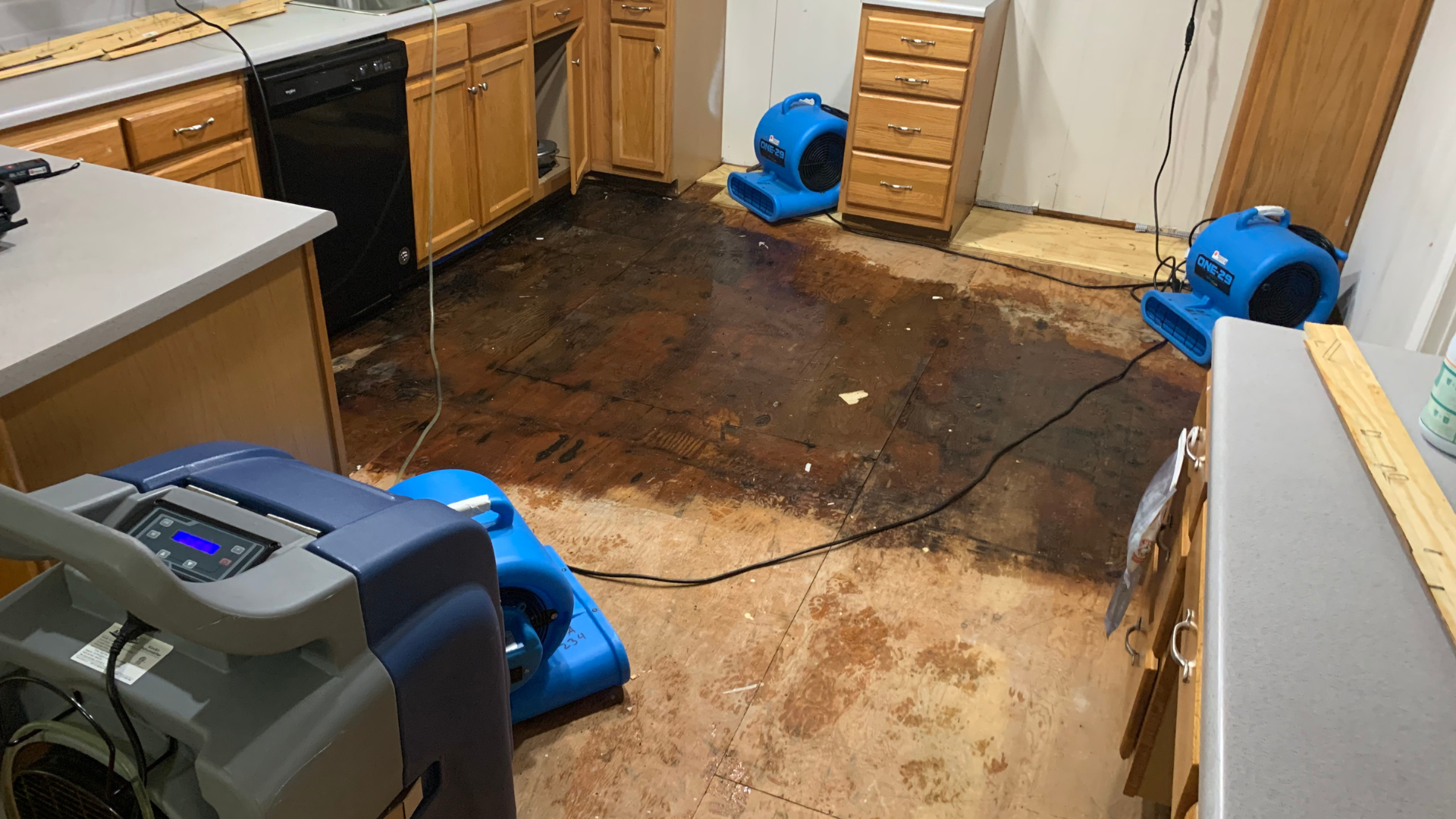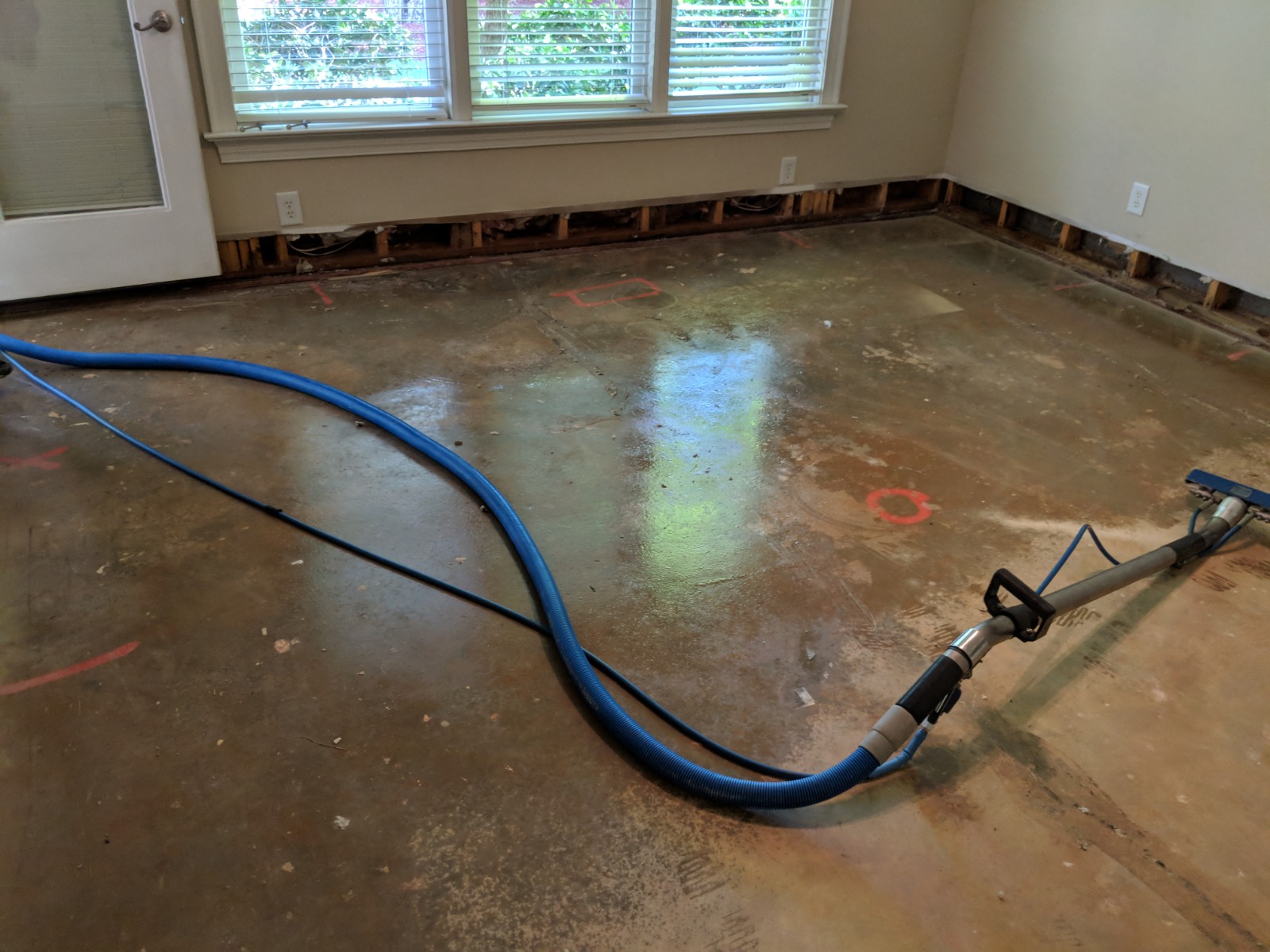Emergency Situation Water Damages Restoration: Swift Reaction to Reduce Additional Damages
What precisely does emergency water damage reconstruction require? By comprehending the urgency and thorough nature of this process, you will certainly get important understandings into how specialists tackle emergency situation water damage, ensuring a swift and efficient response.
Relevance of Swift Reaction
Swift response is of utmost relevance in water damage restoration to lessen further damages and reduce possible dangers. The longer water rests in a building, the even more damage it can create.
One of the major reasons quick response is necessary in water damage reconstruction is to stop the development of mold and mold. Mold can begin to grow within 24 to two days of water direct exposure, and once it holds, it can spread quickly throughout the damaged area. Mold not just causes additional damages to the structure of the building yet also presents wellness risks to passengers. By reacting swiftly, experts can extensively dry the area and prevent the development of mold and mildew, reducing the requirement for considerable remediation and guaranteeing the safety and security of those entailed.
Water damages can be ruining, specifically when it impacts individual items of nostalgic or financial value. Acting quickly allows experts to evaluate the damages and execute suitable restoration strategies to restore as much as possible.
Assessing the Level of Damage

Throughout the evaluation, repair experts thoroughly examine the affected location to determine visible signs of damages, such as water discolorations, distorted materials, and mold development. They likewise use specialized tools to identify concealed damage, such as moisture meters and thermal imaging electronic cameras. This thorough examination allows them to properly figure out the degree of the damages and establish a tailored restoration strategy.
Because it aids experts prioritize their initiatives,Examining the extent of water damages is important. They can recognize areas that call for instant focus, such as standing water removal and drying out, to avoid further damage and minimize the danger of mold and mildew growth. They can additionally identify the locations that need fixings or replacement, making certain that no damages goes without treatment or undetected.

Water Removal and Drying Process
The water extraction and drying process is a critical step in water damage repair, as it involves the removal of excess water and the complete drying out of the affected area to stop more damages and mitigate the danger of mold development. After analyzing the extent of the water damage, the next step is to draw out the water from the afflicted location.
As soon as the excess water has actually been extracted, the drying process begins. This step is necessary in protecting against secondary damage, such as structural damage and the growth of mold this content and mildew. High-powered fans and dehumidifiers are used to circulate air and remove moisture from the air and surfaces. The drying process may take several days, depending on the extent of the water damage and the materials involved.
It is necessary to guarantee that the affected area is completely dry prior that site to continuing with any type of repair services or restoration. Failure to thoroughly dry out the location can cause long-lasting issues, consisting of damaged frameworks, stuffy odors, and the growth of mold and mold. Consequently, expert water damage restoration firms utilize wetness discovery devices to guarantee that the affected area is completely dry prior to proceeding to the next action.
Mold And Mildew Avoidance and Removal
Effective mold avoidance and removal are important in water damages reconstruction to make sure the security and honesty of the affected location. water damage restoration philadelphia. When water damages occurs, whether from a ruptured pipe, flooding, or a dripping roof, it develops an ideal setting for mold and mildew development. Mold can begin to develop within 24 to two days after water damages, and if left neglected, it can spread out swiftly and trigger significant health dangers
To prevent mold development, it is important to deal with water damages without delay. The first step is to recognize and fix the source of the water intrusion. When the source is dealt with, the affected area ought to be completely dried out to stop moisture from lingering. This click here to find out more may include the usage of dehumidifiers, air moving companies, and various other customized tools to remove excess moisture from the air and surfaces.
In situations where mold growth has already occurred, remediation is necessary to eliminate the mold and mildew and stop its return. This entails the mindful elimination and disposal of afflicted materials, such as drywall or carpet, to ensure that all traces of mold are gotten rid of. It is important to keep in mind that mold and mildew remediation should be performed by specialists that have the needed training and devices to safely eliminate and manage mold.
Restoring the Affected Location

Firstly, it is necessary to completely dry the location to avoid any further damages and to hinder the development of mold and mildew and mold. This might entail making use of specialized drying out devices, such as dehumidifiers and industrial-grade fans, to eliminate all moisture from the affected surfaces.
Once the location is entirely dry, the reconstruction procedure can begin. This may involve repairing or changing damaged structural components, such as drywall, ceiling, or floor covering ceramic tiles. It is essential to deal with any kind of underlying concerns that might have created the water damage, such as leaking pipelines or damaged pipes, to avoid future events.
Additionally, recovering the afflicted location may also consist of painting wall surfaces, replacing damaged components, and completely cleaning and sanitizing the room. This guarantees that not only is the location structurally sound, but it is also visually pleasing and risk-free for occupancy.
Verdict
Finally, swift feedback is vital in reducing further damages brought on by water emergency situations. Evaluating the extent of damages permits reliable water extraction and drying out processes to be applied. Additionally, mold and mildew prevention and removal are important in recovering the affected location. Overall, prompt activity and extensive restoration procedures are key to alleviating the adverse impacts of water damages.
Swift reaction is of utmost value in water damages restoration to reduce additional damages and mitigate potential dangers.During the evaluation, reconstruction professionals thoroughly analyze the afflicted location to recognize noticeable indicators of damages, such as water discolorations, warped materials, and mold growth.The water extraction and drying process is an essential step in water damage repair, as it includes the elimination of excess water and the complete drying out of the damaged location to stop additional damages and alleviate the danger of mold growth. After evaluating the extent of the water damage, the next action is to remove the water from the damaged location.Efficient mold prevention and removal are crucial in water damages reconstruction to make sure the security and stability of the afflicted area.